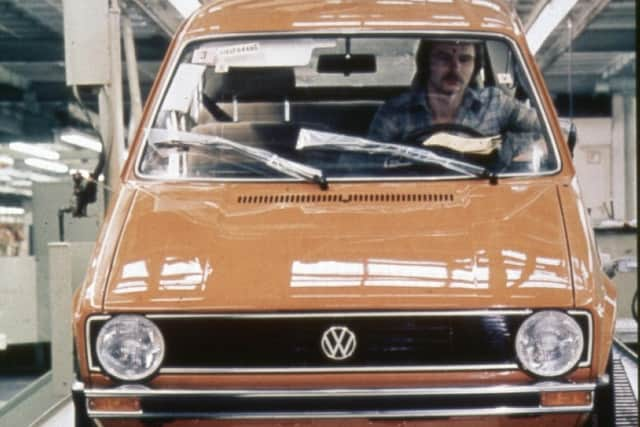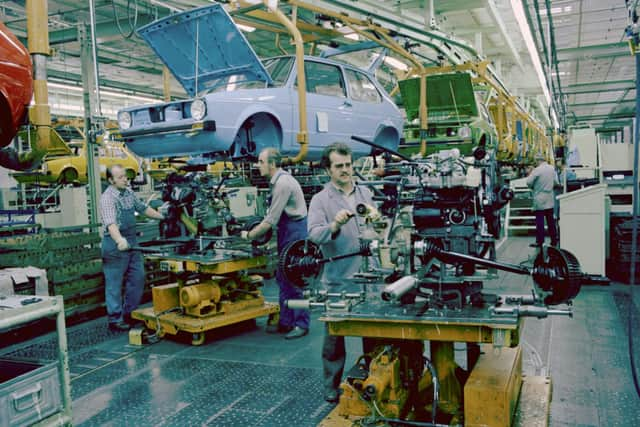Derry Journal Motoring with Jim Mc Cauley: Volkswagen Golf, 50 Years In The Making
and live on Freeview channel 276
In the process, it has become the most successful Volkswagen ever, and best-selling European car of all time. While more than 20 million models have been built in Wolfsburg , the balance has been produced in other German plants as well as in Belgium, Brazil, China, Malaysia, Mexico, Slovakia and South Africa.
The first Golf models arrived in dealers’ showrooms in July 1974, setting the standard for a front-mounted transverse engine in a compact hatchback. Volkswagen had already started the new layout shortly before with the Scirocco and Passat. With the Golf, the highest-volume class now also used this new technology.
Advertisement
Hide AdAdvertisement
Hide AdThe original Golf design was a Volkswagen development of the work by Italian designer Giorgio Giugiaro. The car was an immediate success and by October 1976, it had crossed the one million sales mark.


The company summed up the car saying that, “it offers maximum space and safety. It is uncompromisingly geared towards practicality. The low beltline gives drivers a clear overview, and the sloping bonnet ensures that the road right in front of the vehicle is visible. The rear window extends well down, making reversing much easier.”
The car has progressed through eight generations, reflecting design trends while responding to customer expectations. The first series also saw the introduction of the performance GTI and the arrival of diesel power into the compact class. A cabriolet version completed the first series line-up.
The second series is seen as the most important development, maintaining the momentum of the original with sufficient refreshment to hold customer interest. From August 1991 the Golf III introduced a new era of safety, becoming the first model available with front airbags, as well as significant improvements in its crash properties. It also saw the introduction of the first six-cylinder engine (VR6), cruise control system and the first side airbags. It was now also available as an estate model. The performance R32 was introduced in 2002, and by 2008 it was available with a 7-speed DSG gearbox. Safety increased with the introduction of the initial driver assist systems, and although now larger than the original, the Golf VII weighed 100kg lighter than its predecessor with further availability of safety systems including Automatic Post-Collision Braking System, Adaptive Cruise Control and Front Assist including City Emergency Braking System. In 2014, Volkswagen set its course for the era of electric mobility with the new e-Golf.
Advertisement
Hide AdAdvertisement
Hide AdOctober 2019 saw new mild and plug-in hybrid drives, with driver support systems filtering down into the range opening models. Even the entry-level version had features such as Lane Assist, Front Assist, LED headlights, LED tail light clusters and automatic air conditioner as standard.


While driver assist systems are now mandatory for maximum EuroNCAP ratings, developments of the eighth generation cars include exterior design refinements with more efficient plug-in hybrid drives giving an increased all-electric range of significantly more than 100 kilometres.
Comment Guidelines
National World encourages reader discussion on our stories. User feedback, insights and back-and-forth exchanges add a rich layer of context to reporting. Please review our Community Guidelines before commenting.